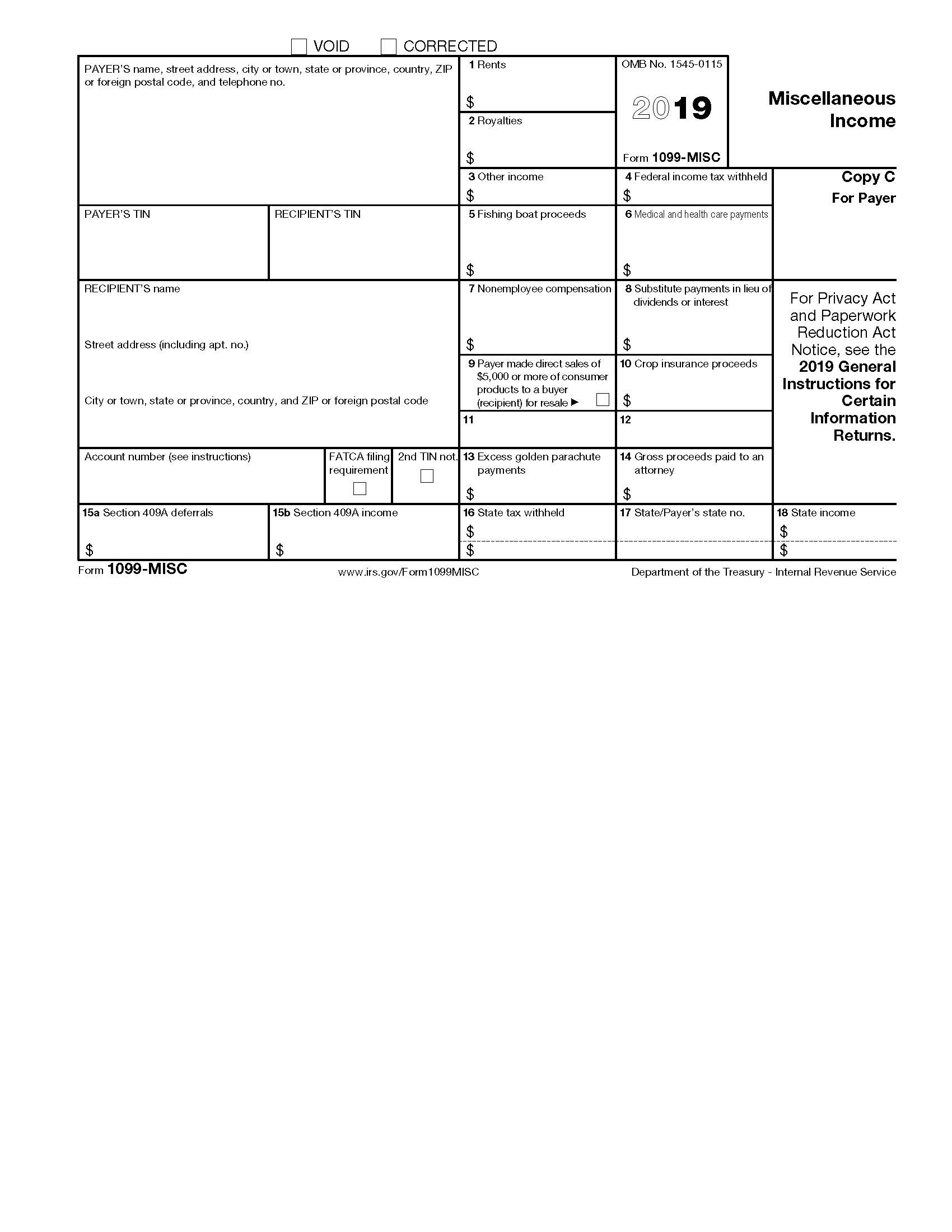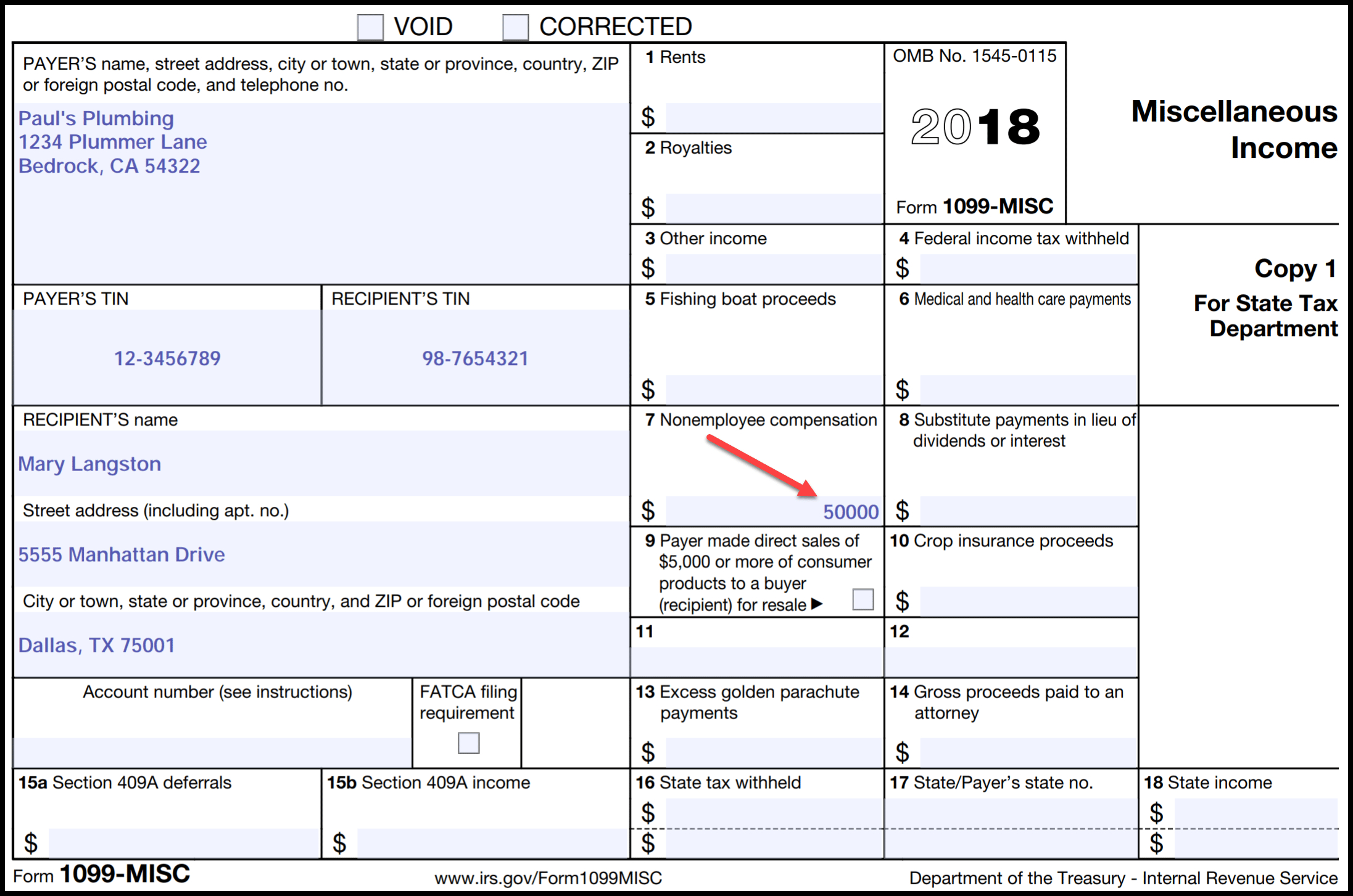The tax season is upon us, and one of the essential forms that every professional must know is the 1099 form. As a professional, you need to understand the different types of 1099 forms available and how to fill them out. This article will guide you through the process of understanding the 1099 form, what it is used for, and how to fill it out.
What is a 1099 Form?
The 1099 form is an IRS tax form used to report income other than wages, salaries, and tips. It includes income from freelance work, rental income, investment income, and other miscellaneous sources of income. It is a form that businesses and individuals use to report payments made to non-employees or independent contractors. The 1099 form comes in various types, including 1099-INT, 1099-DIV, 1099-MISC, 1099-R, and 1099-S.
Understanding the Different Types of 1099 Forms
1099-INT
The 1099-INT is used to report interest income received from a bank, savings and loan, credit union, or other financial institution. The form also includes the amount of federal income tax withheld from the interest payments.
1099-DIV
The 1099-DIV is used to report dividends paid to shareholders of stocks, mutual funds, and other securities. The form also includes the amount of federal income tax withheld from the dividend payments.
1099-MISC
The 1099-MISC is used to report payments made to non-employees or independent contractors for services performed. It includes payments made to individuals who are not on the payroll of a company, such as freelancers, consultants, and self-employed individuals. The form also reports any federal income tax withheld from the payments.
1099-R
The 1099-R is used to report distributions from pensions, annuities, retirement or profit-sharing plans, and IRAs. The form includes information about the distribution, such as the gross distribution amount, taxable amount, and federal income tax withheld.
1099-S
The 1099-S is used to report the sale or exchange of real estate. The form includes information about the sale, such as the sale price, the seller’s Proceeds, and the selling agent’s commission.
Filling out the 1099 Form
When filling out the 1099 form, you need to provide detailed information about the income earned or paid for the year. The form includes various boxes that you need to fill out, including:
- Box 1: The total dollar amount of payments made to the independent contractor or non-employee.
- Box 2: The total amount of federal income tax withheld from the payments made to the non-employee or independent contractor.
- Box 3: The type of income received, such as royalties, rents, or non-employee compensation.
- Box 4: The federal income tax withheld from the non-employee compensation.
- Box 5: The check or money order number used to make the payment.
- Box 6: The name, address, and identification number of the recipient of the payment.
- Box 7: The total amount of payments made for the year.
Submitting the 1099 Form
The deadline for submitting the 1099 form to the IRS is January 31st of each year. The form must be submitted electronically or through the mail. When submitting the form electronically, you need to use the IRS e-file system, which is a free service provided by the IRS. If you are submitting the form through the mail, you need to use the official IRS mailing address for your state.
The 1099 form is an essential part of the tax season, and it is essential that you understand how to fill it out correctly. By following the guidelines outlined in this article, you should be able to fill out the 1099 form with ease and avoid any errors that could lead to penalties from the IRS. Remember, always keep accurate records, and ensure that your information is correct and up to date.
Conclusion
The 1099 form is an essential part of the tax season for both businesses and individuals. It is a form used to report income other than wages, salaries, and tips and includes income from freelance work, rental income, investment income, and other miscellaneous sources of income. By understanding the different types of 1099 forms available and how to fill them out, you can ensure that your tax returns are accurate, and you avoid any penalties from the IRS.
 References:
References:
- https://www.irs.gov/forms-pubs/about-form-1099-misc
- https://www.irs.gov/formspubs/about-form-1099-r
- https://www.irs.gov/formspubs/about-form-1099-int
- https://www.irs.gov/forms-pubs/about-form-1099-div
- https://www.irs.gov/forms-pubs/about-form-1099-s
 Disclaimer:
Disclaimer:
The information presented in this article is for informational purposes only and does not constitute legal, financial, or tax advice. Every situation is unique, and you should consult with an attorney, accountant, or other professional for advice specific to your situation.